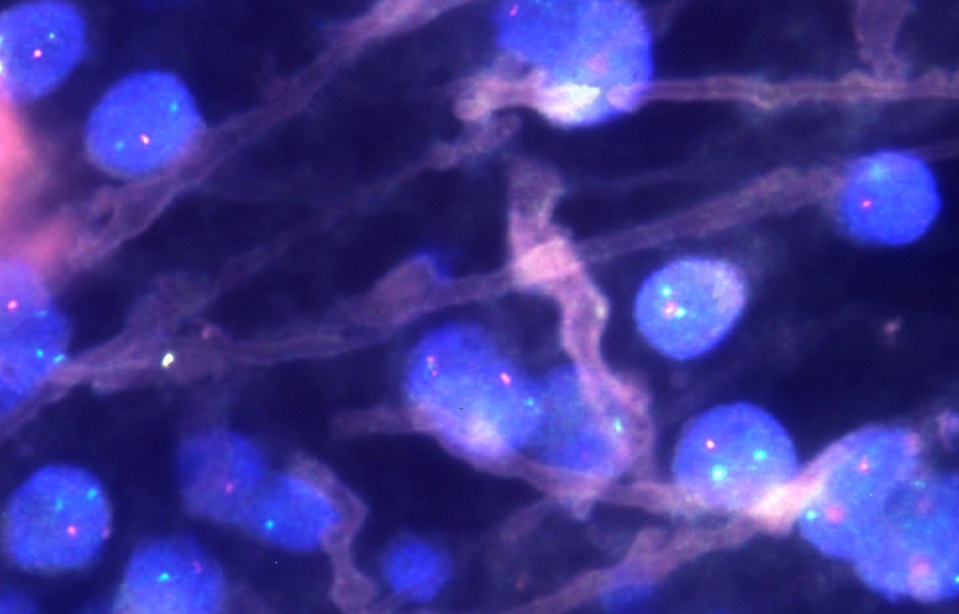
Brain UK study ref: 25/005,
Lay summary,
Project status: Active
Vibrational imaging for brain tumour classification
Dr Thomas Millner, Queen Mary University of London
Brain tumours are a serious health issue, with around 40,000 new cases diagnosed each year in the UK. Some tumours start in the brain, while others spread from other parts of the body. Diagnosing and subclassifying these tumours is complex, as neuropathologists rely on both traditional methods like tissue examination and newer molecular tests, which can take weeks or months to process. Faster and more precise diagnostic tools are needed to improve patient outcomes.
This research explores the use of vibrational imaging, a technology that creates a unique “molecular fingerprint” of tissues, to help identify different types of brain tumours. This technique has shown promise in fresh and frozen tissue, but its effectiveness in formalin-fixed, paraffin-embedded (FFPE) samples—widely used in hospitals—remains unclear.
The study will use a specialised imaging facility at the University of Exeter to test whether vibrational imaging can provide useful diagnostic information within a practical timeframe. If successful, this approach could complement existing diagnostic methods, potentially leading to faster and more accurate diagnoses. The findings will contribute to further research and could help improve how brain tumours are identified in the future.
